Write Us
We are just a call away
[ LET’S TALK AI ]
X
Discover AI-
Powered Solutions
Get ready to explore cutting-edge AI technologies that can transform your workflow!

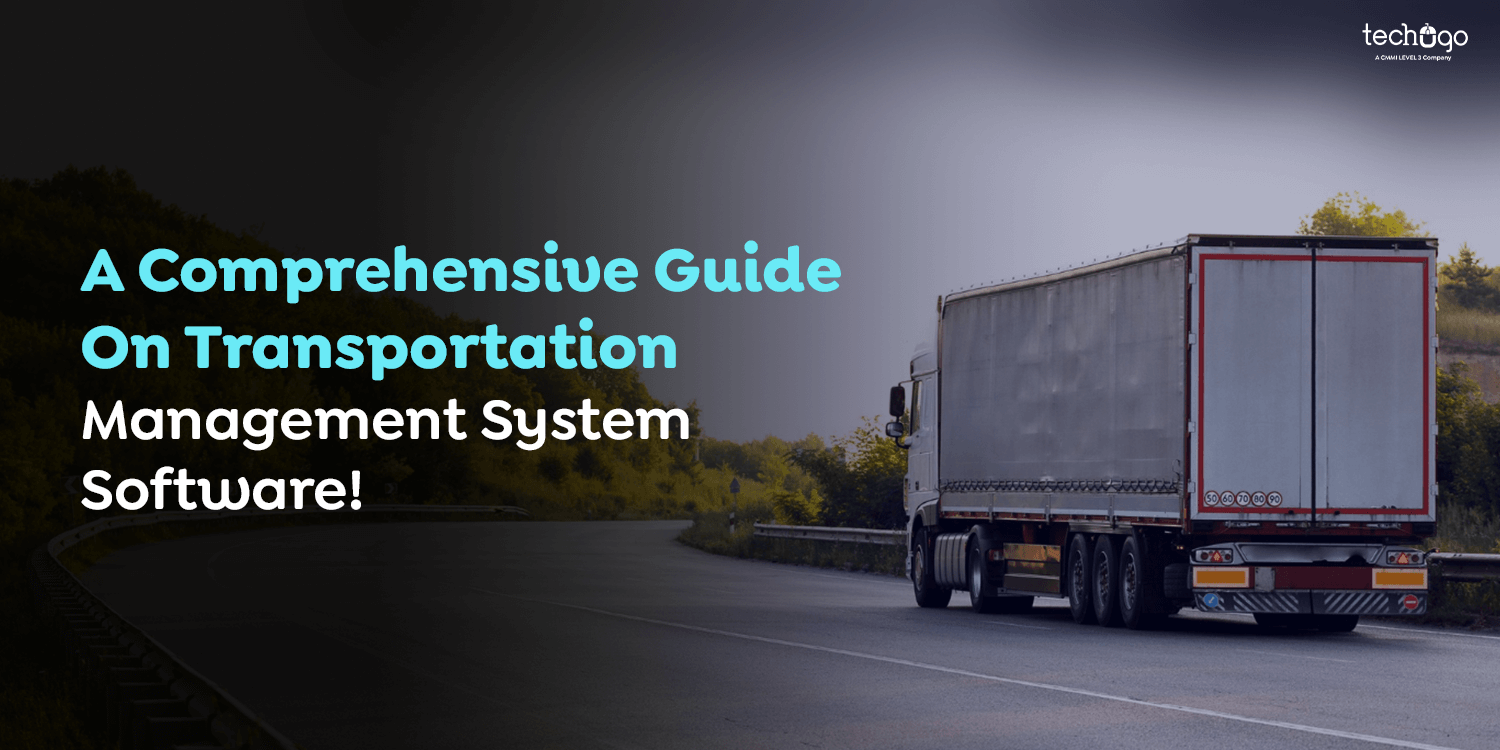
Do you run a business that requires delivery of goods? Then, you would know the importance of an efficient logistics system and its maintenance on an accurate scale.
Notably, inefficiencies in the logistics system may lead to increased expenses and customer dissatisfaction. Therefore, the drawbacks increased demand for a well-organized transport management system that helps manage planning, delivery, and other crucial business processes.
Also Read – IoT in Logistics and Supply Chain: Role, Benefits and Use Cases
No wonder the supply chain has shifted to the objective of building inbound and outbound transportation to construct frictionless transport operations. While every business faces its challenges, it has become significant to work on building a product that fulfills the same.
Therefore, Techugo, an experienced transportation management company, knows about fabricating the right strategies and features for your mechanism to make it an effortless experience. Don’t worry; we’ll walk you through the entire guide for a better understanding. So, let’s dive deep into the insights without further ado!
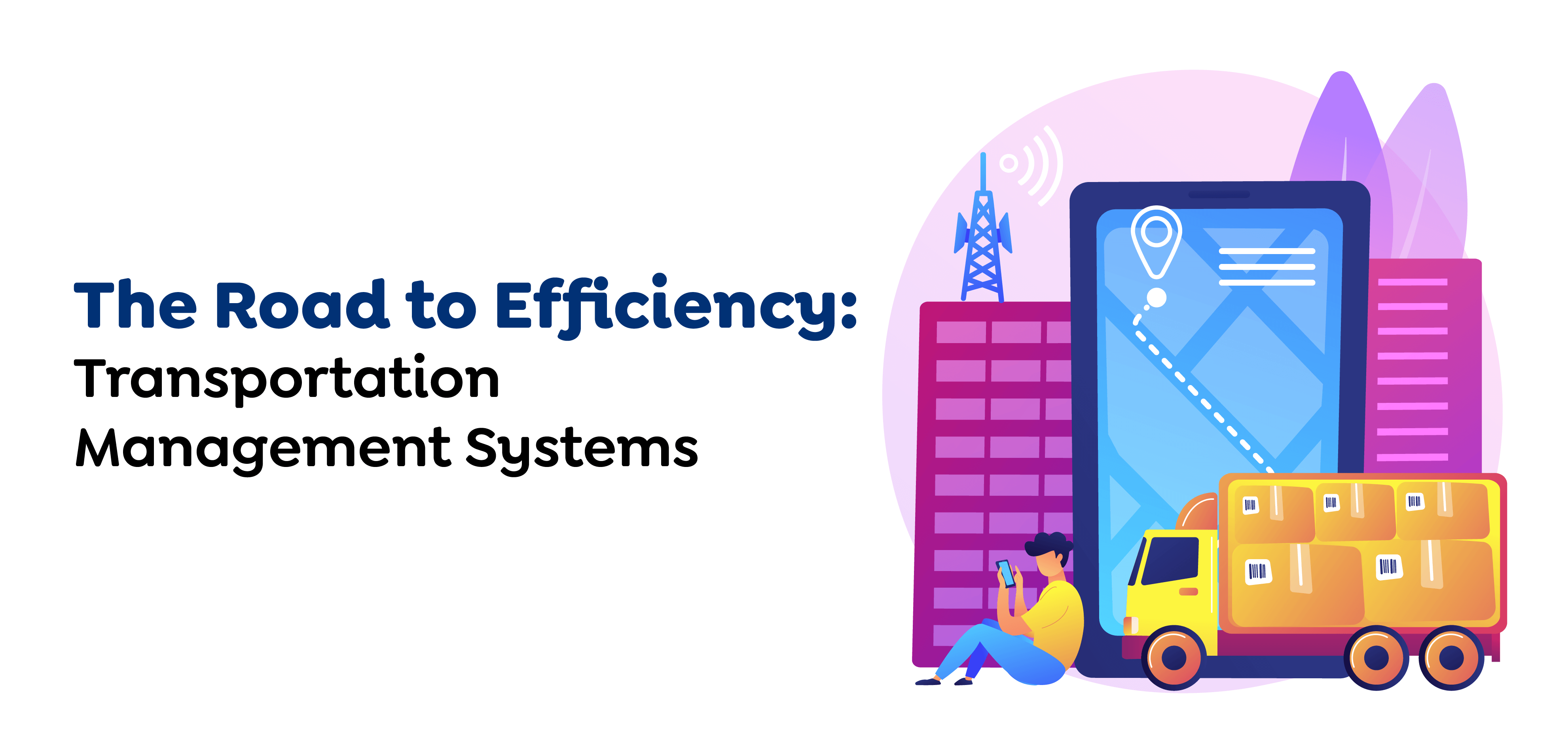 As mentioned earlier, the transportation and logistics market has undergone massive changes that also underlined challenges and bottlenecks. On the other hand, the rising demand for speedy delivery and dynamic customer expectations have pushed businesses to adopt efficient transportation management system software.
As mentioned earlier, the transportation and logistics market has undergone massive changes that also underlined challenges and bottlenecks. On the other hand, the rising demand for speedy delivery and dynamic customer expectations have pushed businesses to adopt efficient transportation management system software.
In layman’s language, TMS is a bunch of applications that overlook planning and execution of the movement of goods via the supply chain. It has become an integral component of modern businesses, and has a lot of benefits to extend to its audience. However, sometimes, businesses confuse TMS with the Warehouse Management System. Here’s what you need to know!
While it is essential to look after the connection between TMS and WMS for seamless delivery, Warehouse Management Software is all about managing warehouse functionality, like ordering recieving and shipping, inventory tracking, shipping fulfillment, and more. Indeed, the integration of both software will develop a robust mechanism, helping you acquire a competitive edge.
Also Read – Ship Management Software Reshaping the Logistics Industry: Harnessing the Potential!
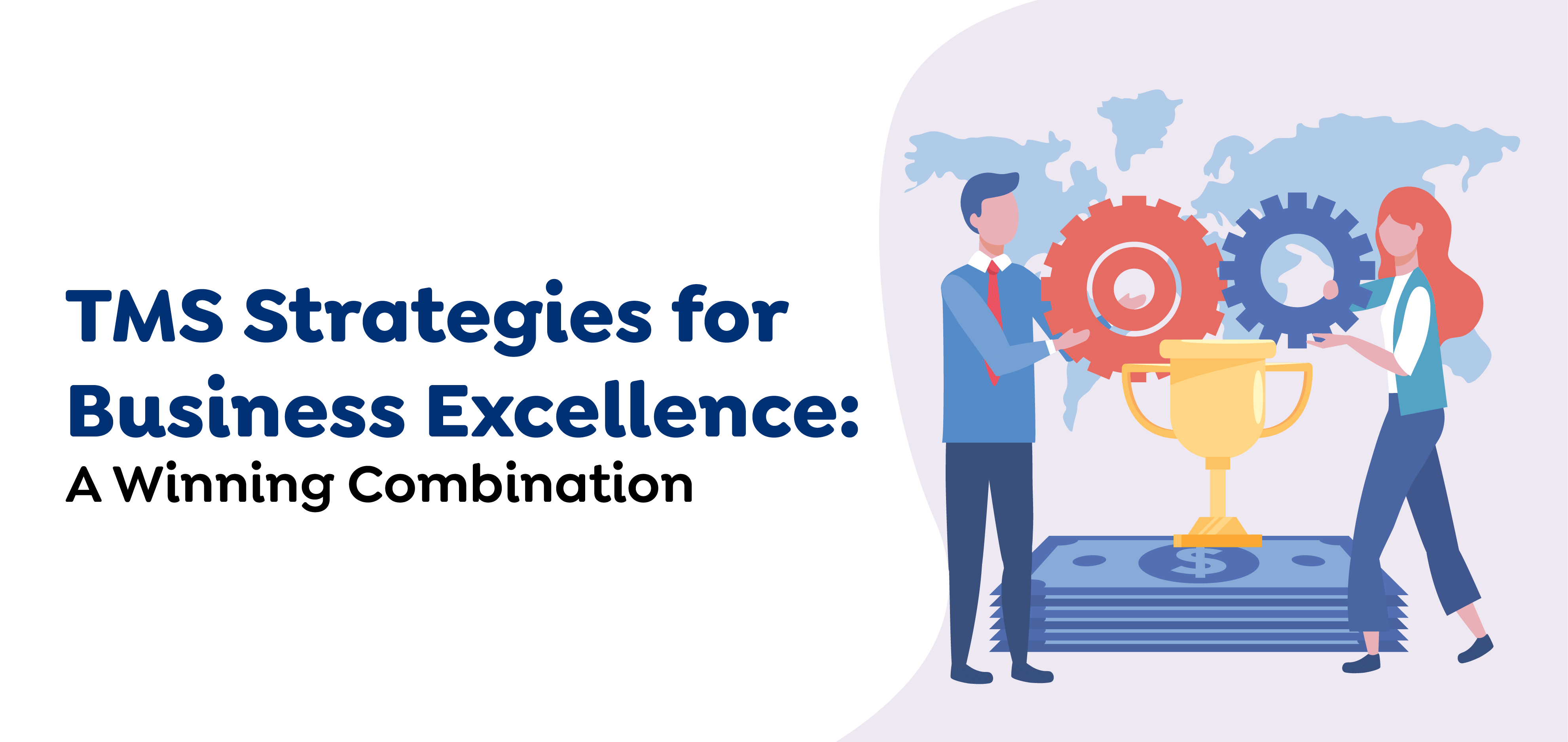 The basic overview provided above ensures the benefits offered by the system and its importance for a business. However, diving deep into the advantages is vital before leveraging the mechanism. Take a look:
The basic overview provided above ensures the benefits offered by the system and its importance for a business. However, diving deep into the advantages is vital before leveraging the mechanism. Take a look:
Businesses could work on incorporating RFID technology in conjunction with TMS logistics software to keep a check on private fleets. Moreover, monitoring the movement status of goods can help initiate improved safety.
The development of custom software solutions along with the amalgamation of transport management system software can help obtain accurate predictions with regard to transportation demand and expenses. Additionally, businesses can loop in advanced analytics considering the TMS to ETA of each delivery.
One of other best advantage of transportation management system software is the availability of easier legal compliance and documentation.
A number of factors, including political unrest, natural disasters, etc., can disrupt the supply chain. However, software built with the help of AI analytics can predict such circumstances to perform in an improved manner.
Businesses can connect their TMS software to other companies for monitoring logistics processes. Not only this, but they can incorporate machine-to-machine communications using Internet-of-Things to track the fleet.
The highest-rated transportation management systems can predict wear and tear on your vehicle’s components. This enables you to optimize preventative maintenance, reducing the risk of costly repairs down the road.
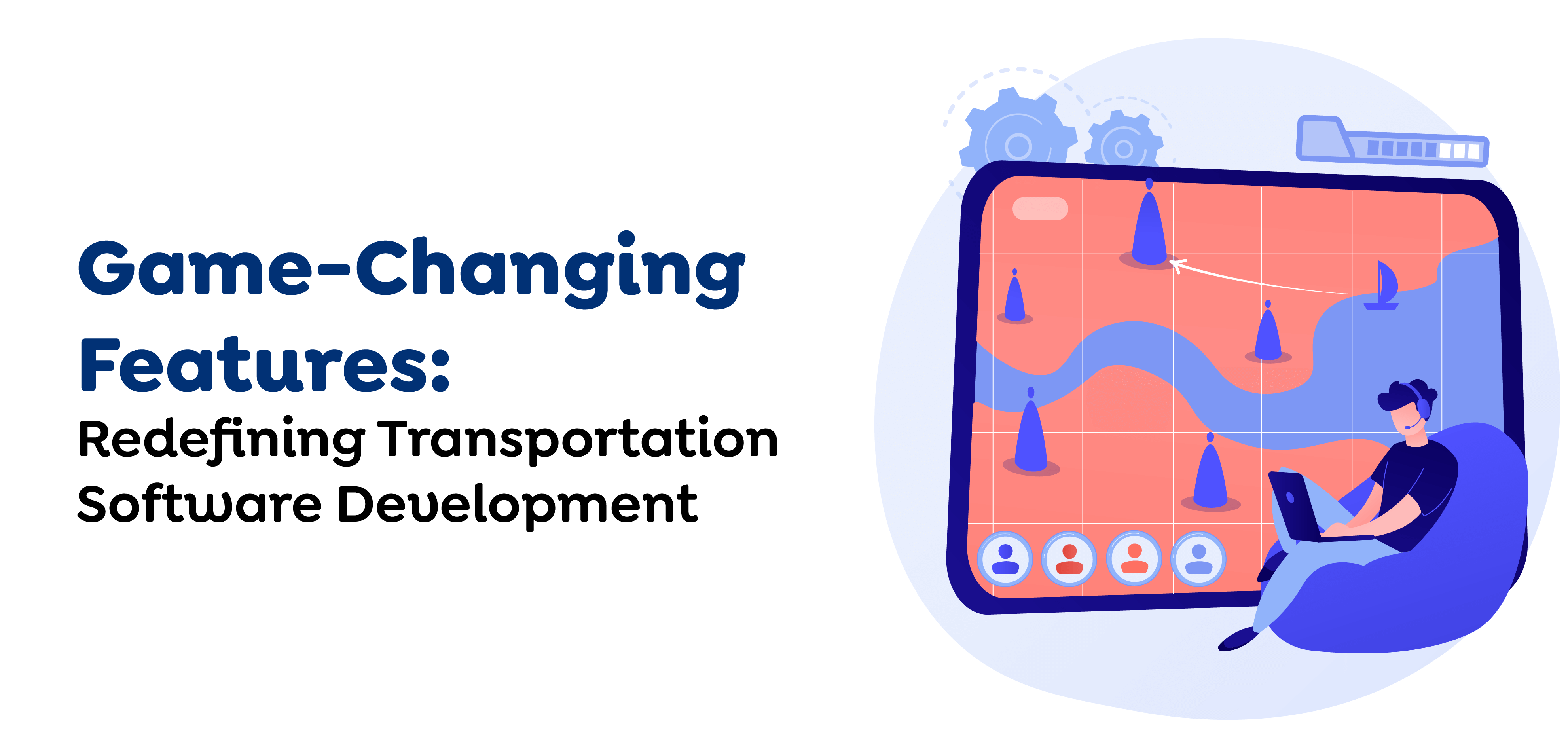 Working on logistics software development also demands working on three crucial subcategories as mentioned below:
Working on logistics software development also demands working on three crucial subcategories as mentioned below:
The first and vital feature to work on is transportation planning, including request and shipment details to share with the carriers.
Notably, every stakeholder has the access to order information in a web-based ecosystem, including planners, customers, and drivers. Thus, streamlining the process requires curating order entries with details, like commodity, location, and destination.
This feature furnishes your carriers with shipment information, allowing them to submit bids for the contract and handle all the necessary tender-related documentation. It also empowers you to create an automated system that connects with vendors based on your specified criteria or makes vendor selections automatically.
The shipment rate feature of a TMS enables the automatic calculation of truckload, parcel, and shipping rates as per the defined rules, including agreements, discounts, offers, etc. Not only this, but it also helps send out an accurate quote to the client once a request is raised.
The planning stage must involve information about available routes, taxes, possible delays, and more. Thus, businesses prefer incorporating a business intelligence feature to provide drivers with insights on road closures or possible delays.
To simplify transportation management, a functionality that allows the logistics industry to generate, store, and share contacts will act as icing on the cake.
Once an agreement between the carrier and the shipper is finalized, the load needs to be transported and the following features must be added:
Efficient transportation management systems incorporate robust fleet management features. They enable you to monitor and optimize your entire fleet of vehicles, ensuring they are well-maintained, compliant with regulations, and operating at peak efficiency.
Dock scheduling is a critical component of an effective transportation management system. It streamlines the process of loading and unloading at warehouses and distribution centers. With dock scheduling functionality, you can allocate time slots for trucks, manage congestion, and prioritize shipments.
Real-time tracking is a game-changer in modern transportation management. It allows you to monitor the location and status of shipments in real-time, providing you with invaluable visibility and control over your supply chain. By leveraging GPS technology and data analytics, you can make proactive decisions, address potential issues swiftly, and keep customers informed about delivery times, enhancing overall customer satisfaction.
Also Read – GPS Tracker Phone App Development | How Much Does It Cost to Develop a GPS App in Dubai?
Effective communication is essential in transportation management, especially when multiple parties are involved. Transportation management systems facilitate seamless communication among shippers, carriers, suppliers, and customers. These systems offer secure messaging platforms, document sharing, and notification features to keep all stakeholders in the loop.
Once the order is delivered, there are a number of activities to be performed by a logistics company, which include:
Maintaining a document that records every detail, including in-transit cargo damage, vehicle damage, item loss, etc., while transportation management system software development is essential. It’ll help ease sharing the data with the insurance company for claims.
Once the final payment is made after shipment delivery, it is significant to store all the invoices in place for recordkeeping. The administrators should be able to view, download, and share the invoice easily.
Anoher essential element of developing a transportation management system software is report generation. It is designed in a dashboard view, which helps in automating activities, like key performance metrics, inventory status, invoices, etc.
How about getting in touch with a team of iOS or Android app developers to begin working on your logistics management software idea?
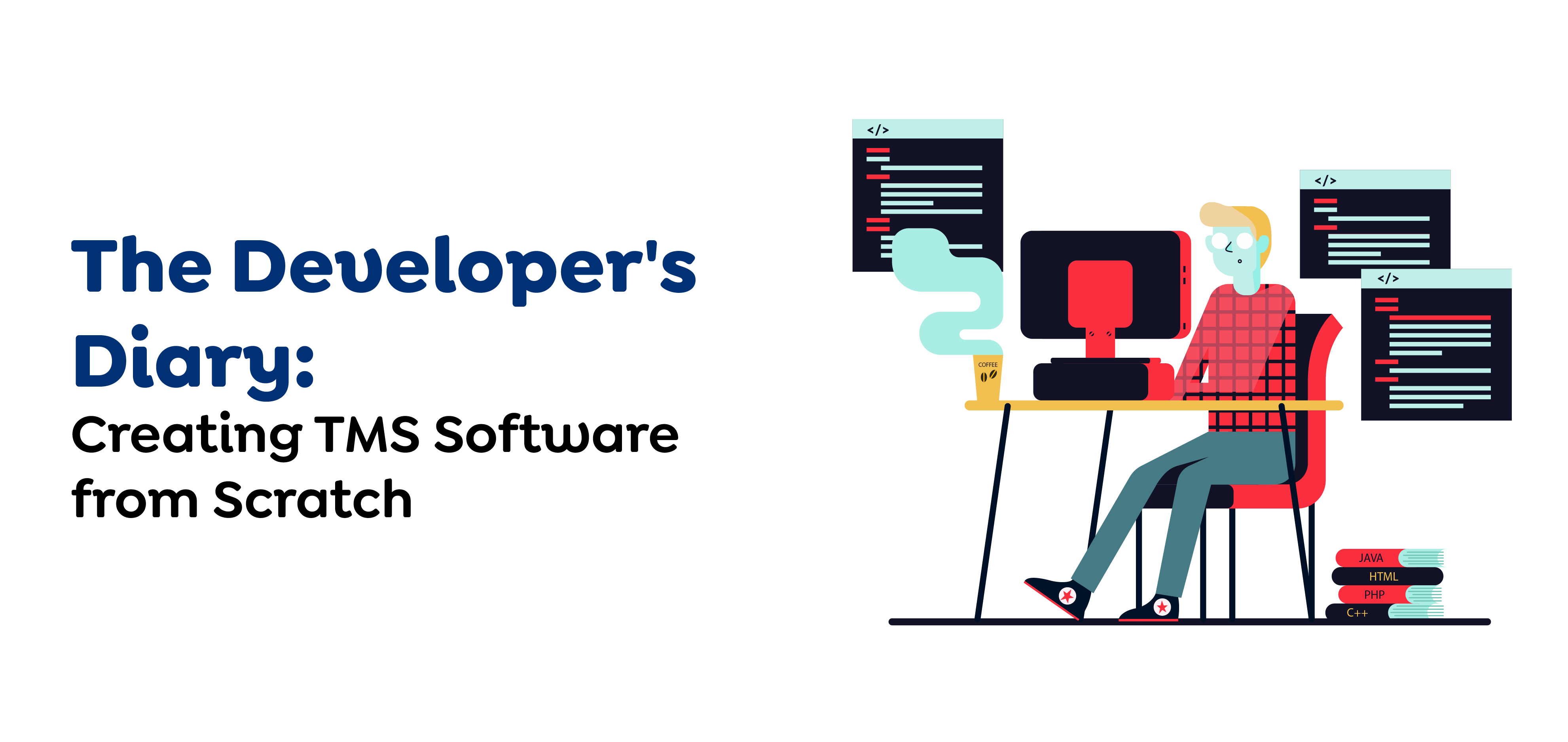 Techugo being a leading mobile app development company do not offer one-glove-fits-all solution. Instead, it emphasizes custom software development curated as per client’s requirements. How do we move ahead with such a project? Take a look at the steps narrowed down below:
Techugo being a leading mobile app development company do not offer one-glove-fits-all solution. Instead, it emphasizes custom software development curated as per client’s requirements. How do we move ahead with such a project? Take a look at the steps narrowed down below:
One of the primary reasons behind increased costs and overspending is poor planning. As mentioned earlier, a TMS is known for streamlining shipping processes that save time and human resources. It also ensures sorting out activities under categories, like the type of cargo, delivery time, and more. Therefore, a TMS development takes the following:
– Identification of tasks to be solved with the help of the product.
– Evaluation of the project to determine the business needs.
– Listing down the requirements and expectations.
– Calculation of the required resources.
– Verification of functionalities.
– Begin by thinking of a structure.
– Curate a prototype.
– Work on the design.
– Work on the expectations of the client and take actions accordingly.
– Work on the front-end and back-end development.
– This stage detects and prevents issues.
– It ensures the top-notch quality of the transportation management system.
It is also vital to have accurately trained personnel to understand the system’s functionality.
During this phase of software development, we guarantee that the automated Transportation Management System (TMS) operates in strict compliance with the Transport Service Validation (TSV) requirements. This involves making individual software enhancements and modifying the existing program code as necessary to achieve the outcomes outlined in the Transport Control Book (TCB) for the seamless and effective implementation of the transportation management system software.
We will undertake actions to ensure the seamless integration of all systems and equipment within a unified information framework. This will yield a robust software mechanism for seamless data exchange with external corporate systems, effectively integrating them into a cohesive IT solution. With the software operating in a fully functional industrial mode, your enterprise will be well-equipped to meet all the requirements outlined in the project plan.
We provide comprehensive oversight, assistance, and guidance to the personnel operating within the system. Our specialists are physically present at the automation site, actively supervising the implementation process, especially in the case of the transportation management system. This ensures an immediate response to any emergencies during system operation, offering absolute control, real-time adjustments, and continuous personnel support around the clock.
So, what are you waiting for? Fulfill your software development needs with Techugo– a reliable team of Android and iPhone app developers.
Partnering with the best Transportation Management System (TMS) software providers is crucial for optimizing logistics and supply chain operations. Here are some key steps to help you identify and collaborate with the top TMS software providers:
Begin by clearly defining your organization’s specific transportation management needs and objectives. Determine what you expect to achieve with a TMS, such as cost reduction, improved efficiency, better visibility, or enhanced customer service.
Conduct thorough research to identify potential TMS software providers. Look for providers that have a strong reputation in the industry, a track record of successful implementations, and positive customer reviews. Industry publications, online forums, and recommendations from peers can be valuable resources during this phase.
Evaluate the features and capabilities offered by each TMS provider. Ensure that the software aligns with your unique requirements. Look for features like route optimization, real-time tracking, reporting and analytics, and integration capabilities with your existing systems.
Compatibility and ease of integration with your current IT infrastructure are critical. Verify that the TMS software can seamlessly integrate with your ERP, warehouse management system (WMS), and other essential software applications.
Choose a TMS provider that offers scalability to accommodate your business growth. The software should be able to adapt to changes in your transportation needs as your company expands.
Request product demos and trials from shortlisted providers. This hands-on experience will give you a better understanding of how the software works and whether it meets your expectations.
Ask about the level of customer support and training provided by the TMS provider. Ensure that they offer adequate training for your staff to effectively use the software, and inquire about ongoing support options.
Evaluate the cost of implementing the TMS software and compare it with the expected return on investment (ROI). A good TMS should provide a clear path to cost savings and increased operational efficiency.
Carefully review the contract terms, including licensing fees, maintenance costs, and service level agreements (SLAs). Be aware of any hidden fees or long-term commitments.
Ask the TMS provider for references from their existing customers. Contact these references to gain insights into their experiences, challenges, and successes with the provider’s software.
Develop a comprehensive implementation plan in collaboration with the chosen TMS provider. Ensure that all stakeholders are on board and that the transition to the new system is smooth and well-managed.
Once the TMS software is in place, continuously monitor its performance and gather feedback from users. Regularly assess whether the system meets your goals and adjust as needed.
Partnering with the best TMS software providers requires thorough research, planning, and ongoing collaboration. By following these steps, you can select the right partner to help you achieve greater efficiency and success in your transportation management.
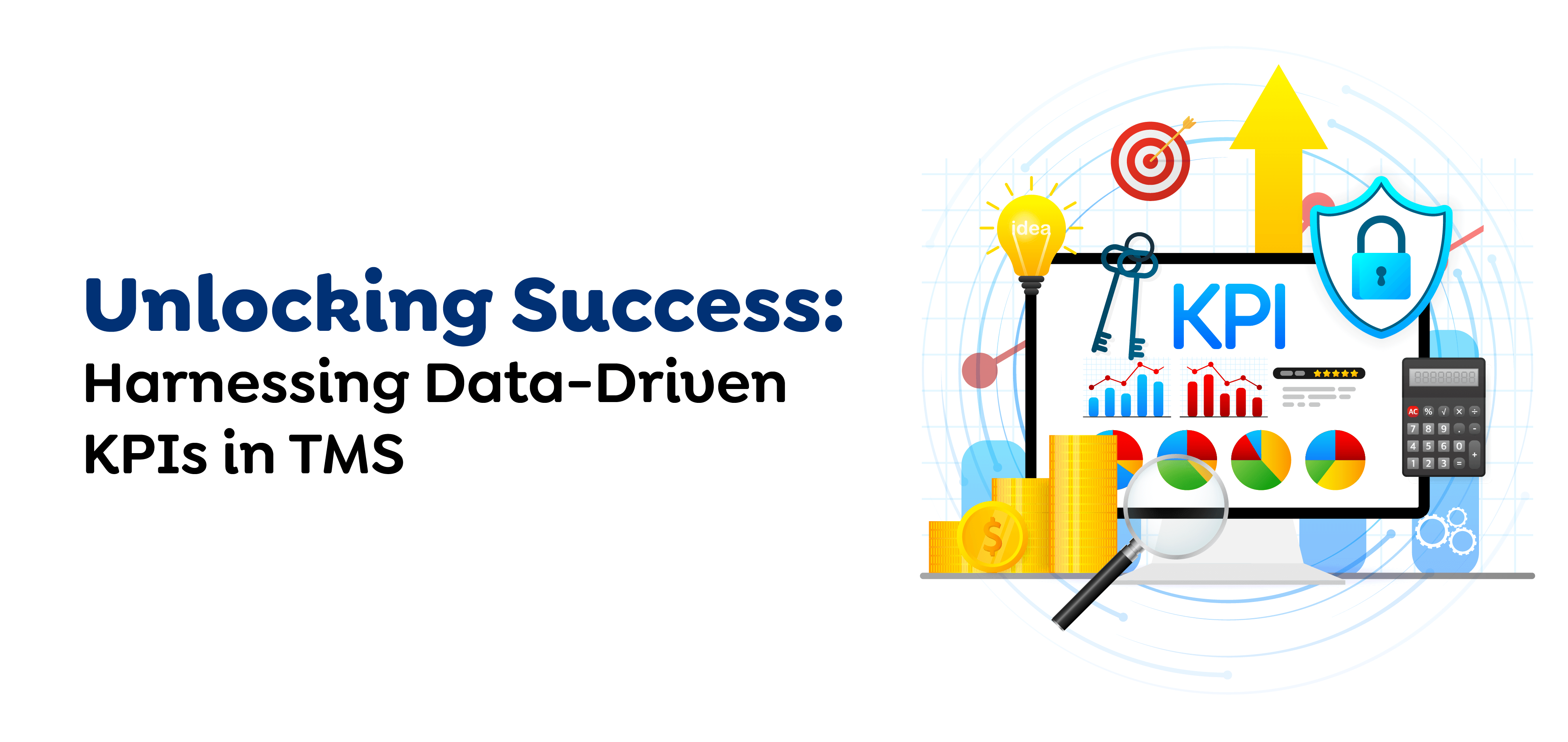 In today’s complex and fast-paced logistics landscape, businesses rely on Transportation Management Systems (TMS) to streamline operations, enhance efficiency, and reduce costs. To make the most of your TMS and ensure it aligns with your strategic goals, you need to track Key Performance Indicators (KPIs) that provide actionable insights. These KPIs serve as the compass guiding your logistics decisions and helping you continuously improve your transportation processes.
In today’s complex and fast-paced logistics landscape, businesses rely on Transportation Management Systems (TMS) to streamline operations, enhance efficiency, and reduce costs. To make the most of your TMS and ensure it aligns with your strategic goals, you need to track Key Performance Indicators (KPIs) that provide actionable insights. These KPIs serve as the compass guiding your logistics decisions and helping you continuously improve your transportation processes.
One of the most critical KPIs in transportation management is On-Time Delivery. It measures the percentage of shipments that are delivered according to the scheduled or promised delivery date. An optimal OTD rate is essential for maintaining customer satisfaction and avoiding costly disruptions in the supply chain.
Assess the performance of your carriers using KPIs like Carrier On-Time Performance, Carrier Cost per Mile, and Carrier Compliance. These metrics help you identify reliable partners, manage costs, and ensure carriers meet their service level agreements (SLAs).
Monitoring the cost of transportation per order processed allows you to evaluate the efficiency of your transportation operations. Lowering this KPI can result in substantial cost savings for your business.
A transparent view of your freight spend is crucial. Track KPIs related to visibility into transportation costs, such as Freight Cost as a Percentage of Sales or Freight Cost per Unit. This data helps you identify cost-saving opportunities and negotiate better rates.
KPIs related to route optimization, such as Empty Mile Percentage or Fuel Efficiency, can help minimize fuel consumption and reduce environmental impact. Efficient routing not only saves money but also contributes to sustainability goals.
Inventory management plays a vital role in transportation. Monitoring KPIs like Inventory Turnover Time helps you align your transportation strategies with inventory needs, reducing carrying costs and the risk of stockouts.
Assess the consistency of lead times for inbound and outbound shipments. High lead time variability can disrupt supply chain planning and customer service. Monitoring this KPI helps you manage expectations and plan for contingencies.
The accuracy of shipment tracking is essential for visibility and customer service. KPIs like Shipment Tracking Accuracy measure how well your TMS provides real-time information, enhancing decision-making and customer satisfaction.
This KPI measures the time it takes for an order to move from creation to delivery. Reducing this cycle time improves responsiveness and agility in meeting customer demands.
A high rate of return can indicate issues with the quality of goods, shipment accuracy, or customer dissatisfaction. Tracking this KPI helps identify areas for improvement in the transportation and delivery process.
While not directly related to cost or efficiency, customer satisfaction is a crucial KPI. Regularly gather customer feedback to gauge their satisfaction level with your transportation services.
In short, a data-driven approach to TMS management is essential for modern businesses. By tracking and analyzing the right KPIs, you can make informed decisions, enhance operational efficiency, reduce costs, and provide better customer service. These KPIs serve as the compass guiding your logistics decisions and helping you continuously improve your transportation processes
Partner with an incredible on demand app development company to understand KPIs in detail.
The transportation and logistics industry is rapidly evolving, driven by the need for efficiency, cost-effectiveness, and real-time visibility. To meet these demands, many companies turn to Transportation Management System software. However, one of the most critical questions that arise during the decision-making process is, “What is the cost of developing TMS software?” To know more, take a look:
The more features and functionalities you want in your TMS software, the higher the development cost. Basic TMS systems with essential features will be more cost-effective compared to customized solutions with advanced capabilities tailored to your specific needs.
If your TMS needs to integrate seamlessly with existing systems like ERP, WMS, or third-party APIs, the development cost will increase. Integration complexity and the number of integrations required impact the overall budget.
Customization allows you to tailor the TMS software to your unique business processes. However, extensive customization can raise development costs. Additionally, consider the scalability of the system to accommodate future growth without a complete overhaul.
An intuitive and user-friendly interface is essential for TMS software. Designing an attractive and easy-to-use UI/UX requires additional design and development resources, which can affect costs.
The experience and expertise of the development team play a significant role in cost determination. Highly skilled developers often come with higher hourly rates but may deliver more efficient and reliable solutions.
You can choose between on-premises or cloud-based TMS solutions. Cloud-based options typically have lower initial development costs but involve ongoing subscription fees. On-premises solutions may require more significant upfront investment but lower long-term operational expenses.
Also Read – Cloud Application Security: Best Practices To follow!
Don’t forget to factor in the cost of ongoing maintenance, updates, and technical support. TMS software requires continuous monitoring and improvement to remain effective.
If your industry is subject to specific regulations and compliance requirements, the development of features to ensure adherence can add to the overall cost.
Ensuring data security and privacy in your TMS software is critical. Implementing robust security measures may require additional development and ongoing maintenance.
Thorough testing and quality assurance are essential to ensure the reliability and performance of your TMS software. Budget for testing resources and processes.
Consider the cost of training your staff to use the new TMS effectively. This is often an overlooked but vital aspect of TMS implementation.
In this comprehensive guide on Transportation Management System (TMS) software, we’ve explored the ins and outs of this powerful tool that is revolutionizing the logistics and supply chain industry. From its essential features to the benefits it brings, we’ve covered the key aspects that make TMS software an indispensable asset for businesses of all sizes.
As the demands of modern commerce continue to evolve, TMS software provides a strategic advantage in managing transportation operations efficiently. It offers real-time visibility, cost savings, improved customer service, and the ability to make data-driven decisions that drive business growth.
Therefore, if you’re intrigued with the idea of TMS development for your business, partner with the best mobile app development company in USA for further assistance!
Happy innovation!
Write Us
sales@techugo.comOr fill this form